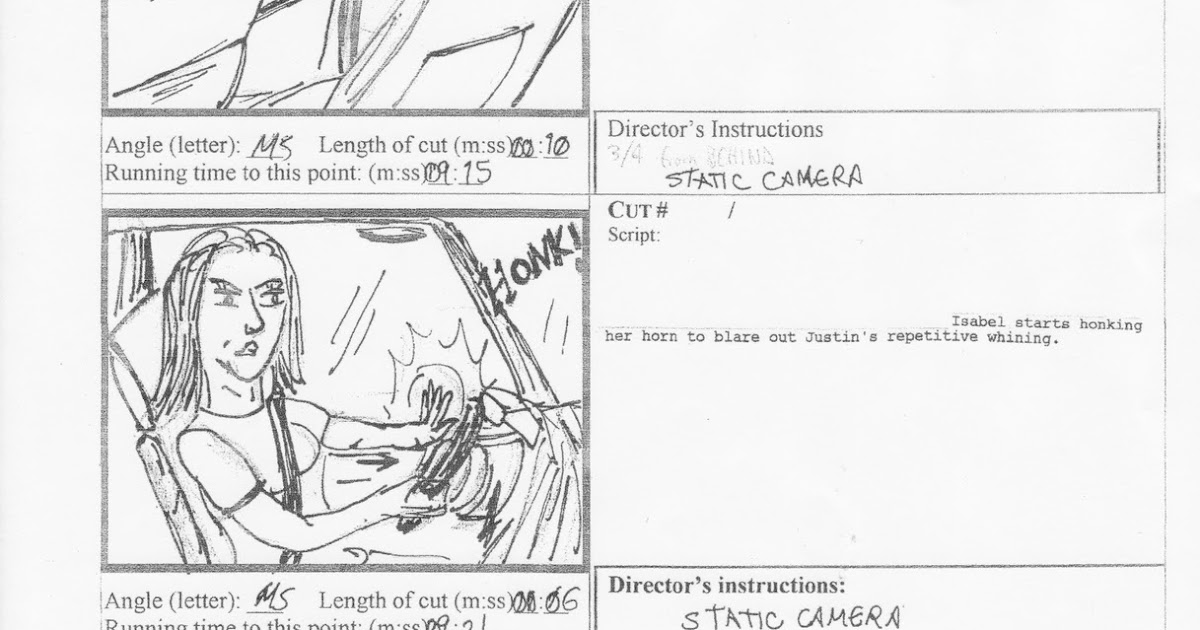

Meetings will be a lot more effective if everyone has the same image and is on the same page. Rather than spending time discussing or explaining things, we often need a method to show what we mean. We forget that individuals have diverse views, backgrounds, prejudices, and other factors that may obscure thinking or influence how someone thinks. Instead of saying things like, "When your supervisor comes to you and says you aren't doing a good job." provide instances utilizing fictional characters. It's sometimes preferable to present instances from other people's lives rather than ones that are too near to home. People are drawn to tales, and they tend to retain information better when it is wrapped up in one.


When modifications are made, instead of recreating a large-scale picture, a single card may be reordered, redone, or even eliminated. Collaborators may then discuss and modify the narrative by looking at one section at a time, double-checking that it makes sense, and planning the production. The initial storyboards depicted tales that were fragmented.Įach chapter of the narrative was written on a card or piece of paper and pinned to the board in sequence. Gone with the Wind was the first live-action picture to be fully sketched out on storyboards before going into production in 1939. The author may concentrate on each cell individually without interruption by dividing a narrative into linear, bite-sized pieces.ĭepending on who you ask, the father of current day storyboards is either Howard Hughes, with his 1930 picture Hell's Angels, or Walt Disney, with his 1933 animated feature Three Little Pigs. Storyboards are a collection of sequential drawings that convey a narrative. Storyboards are an effective method to graphically convey information the linear orientation of the cells is ideal for telling stories, describing processes, and displaying the passage of time. A storyboard is a visual organizer for plotting out a tale.


 0 kommentar(er)
0 kommentar(er)
